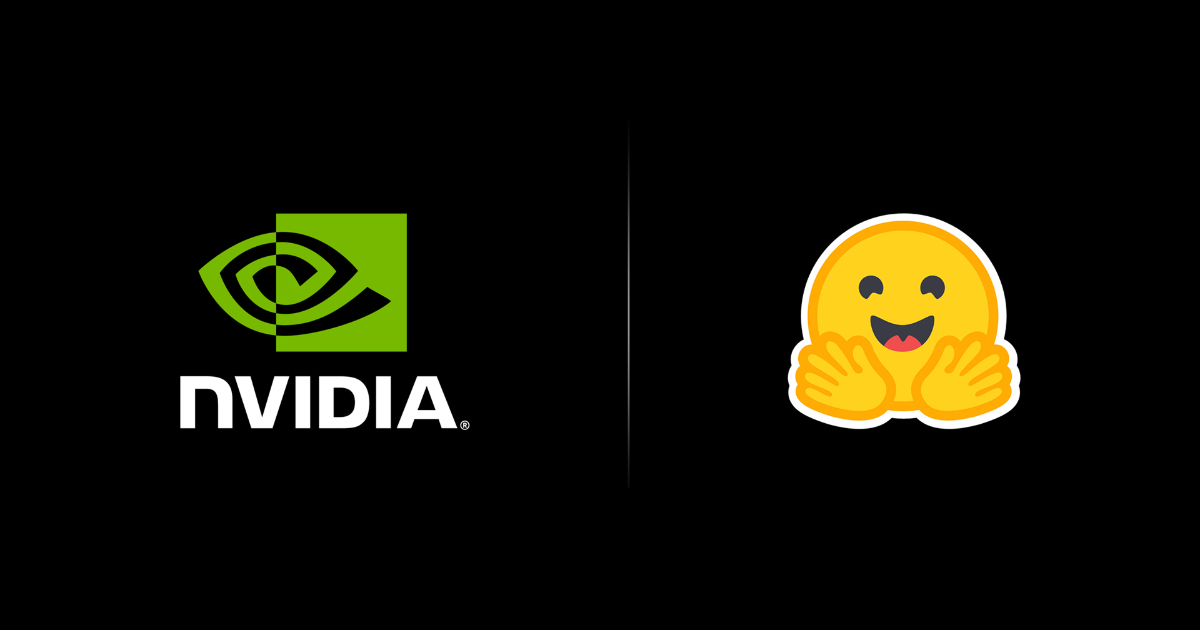I sometimes spend way too much time figuring out which emails matter the most. After Claude launched its Connectors feature, I decided to test whether this AI chatbot could actually tame my chaotic inbox, and luckily, it worked.
Claude Can Read and Understand Emails
Claude introduced its Connectors feature in July 2025, marking a shift from being just a chat interface to becoming a productivity hub. This feature allows you to connect Claude directly to dozens of external services, from email and calendar apps to payment processors and even design tools like Canva.
Connectors feature requires a paid Claude plan (Max, Team, Enterprise, or Pro); the free tier cannot access most connectors.
The connector establishes a secure bridge between Claude and Gmail. Once you connect both, Claude can scan through your messages and understand the context.
I expected some API configuration, but setting it up is easy; the whole process took less than a minute. Here’s how to integrate Gmail with Claude:
- Open Claude and navigate to Settings in the bottom-left corner.
- Click Connectors from the menu options.
- Scroll down and select Browse Connectors.
- Find Gmail in the list and click the + (Plus) button.
- Click Continue and authorize Claude to access your Gmail account.
- Grant the necessary permissions when prompted by Google’s authentication system.
The technical side uses OAuth 2.0 for authentication; hence, Claude never stores your password. Instead, it gets temporary access tokens that you can revoke anytime through your Google account settings.
What genuinely surprised me was Claude’s ability to understand email context beyond just reading text. It recognizes conversation threads, spots follow-up patterns, and can distinguish between promotional emails and genuinely important messages.
The integration works with other Google services, too. Similar to how Google Drive summarizes changes in documents, Claude can cross-reference emails with calendar appointments to give you the full context of your communications. It became even more useful when I connected Claude to my work apps. Instead of switching between Gmail, Google Calendar, and Asana, I can handle everything through Claude’s interface.
Claude’s Email Summaries Are Surprisingly Smart
After connecting Claude to my Gmail, I decided to test its summarization capabilities with some real-world scenarios. I wasn’t expecting much, as most AI tools give generic overviews that miss important details.
Claude proved me wrong, though. Its email summaries go beyond simple text extraction. They understand context, relationships between messages, and what requires action versus what’s just informational.
I started with a simple prompt, “Summarize all emails from this week that need my response.” Claude identified two emails requiring follow-up. It completely skipped promotional content, transaction receipts, newsletters, and automated security notifications—exactly what I wanted.
Next, I tried something broader by asking, “What are the main themes in my inbox from the last 48 hours?” It gave me a breakdown of security and account management, service notifications and transactions, and promotional content. Much more useful than scrolling through individual messages trying to spot patterns myself.
The real test came when I asked Claude to “Find any important emails I might have missed in the last two weeks.” It flagged potential work opportunities that had gotten buried under other emails.
Claude doesn’t just read but also interprets. When I asked it to summarize a long email thread about a project delay, it extracted the key decision points and action items while ignoring the back-and-forth discussion that wasn’t relevant to moving forward.
There Are Some Limitations You Should Know About
While Claude’s email integration impressed me overall, it’s not perfect. There are a few things worth keeping in mind. Claude cannot send or schedule emails (read/analysis only), and currently cannot see images embedded in emails.
The most noticeable limitation is speed—or sometimes the lack of it. When I asked Claude to analyze weeks of emails or summarize lengthy threads, it occasionally took longer than I’d hoped. For simple requests, responses come quickly, but detailed analysis can feel sluggish compared to just skimming emails yourself.
Also, privacy is worth considering, though Claude handles it securely. Your emails are processed to generate summaries, and while Anthropic states they don’t use this data for training, you’re still sharing potentially sensitive information with an AI system. If you handle confidential client data or proprietary information, you might want to be selective about which emails you analyze.
Heavily formatted emails can trip up Claude’s understanding. Messages with detailed formatting sometimes lose context when processed. I noticed this with marketing emails that rely heavily on visual design with intricate formatting that conveys meaning.
There’s also a learning curve for writing effective prompts, though this isn’t really Claude’s fault. Vague requests like “summarize my emails” produce generic results, while specific questions about deadlines or action items yield much better insights. I had to experiment with different approaches to find what works for my communication style.
The time Claude saves on straightforward email management far outweighs the occasional slowdown or formatting hiccup. If you’re struggling with email overload, you can surely achieve inbox zero, but it’s best used as an email assistant rather than a complete replacement for your own judgment and review.












